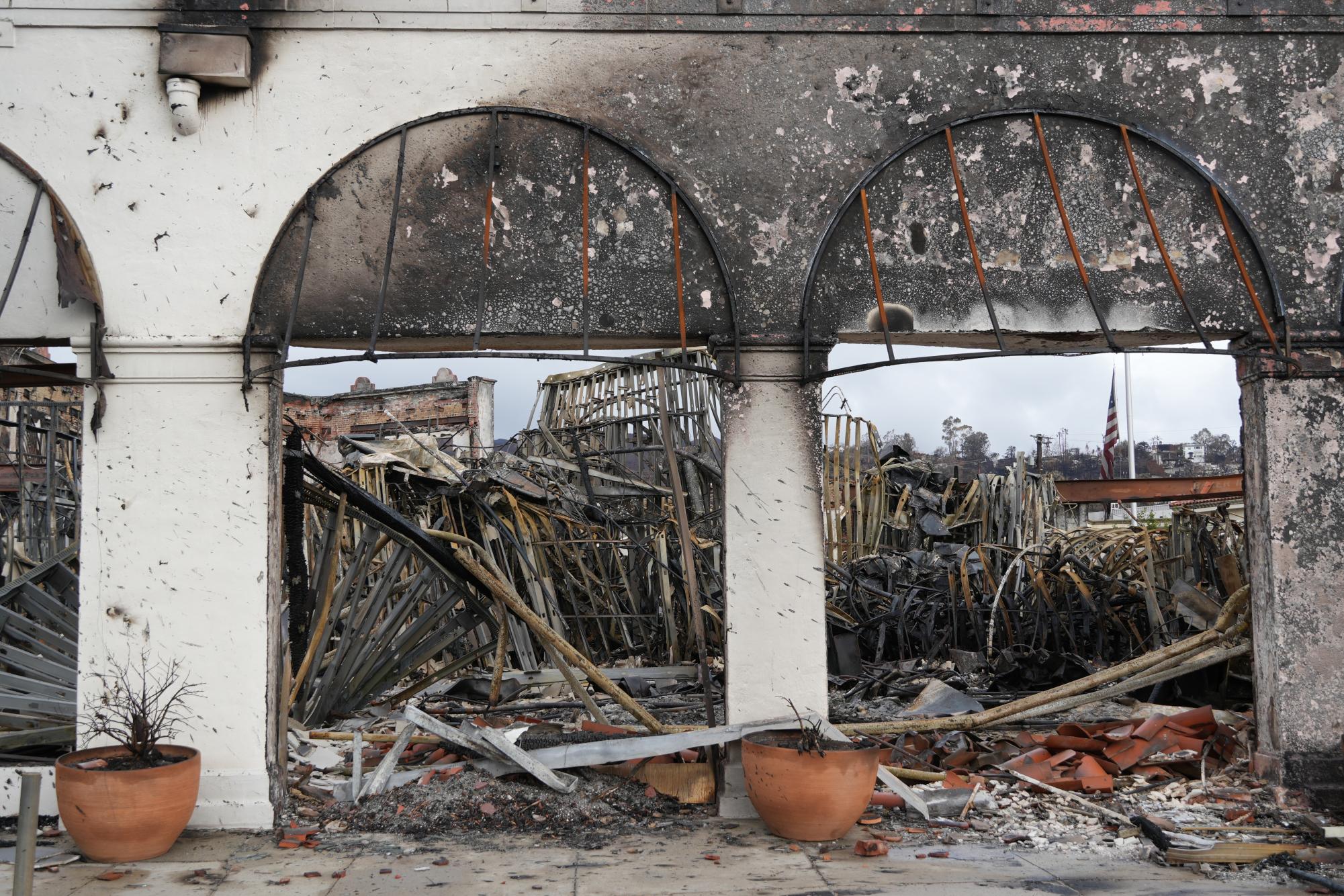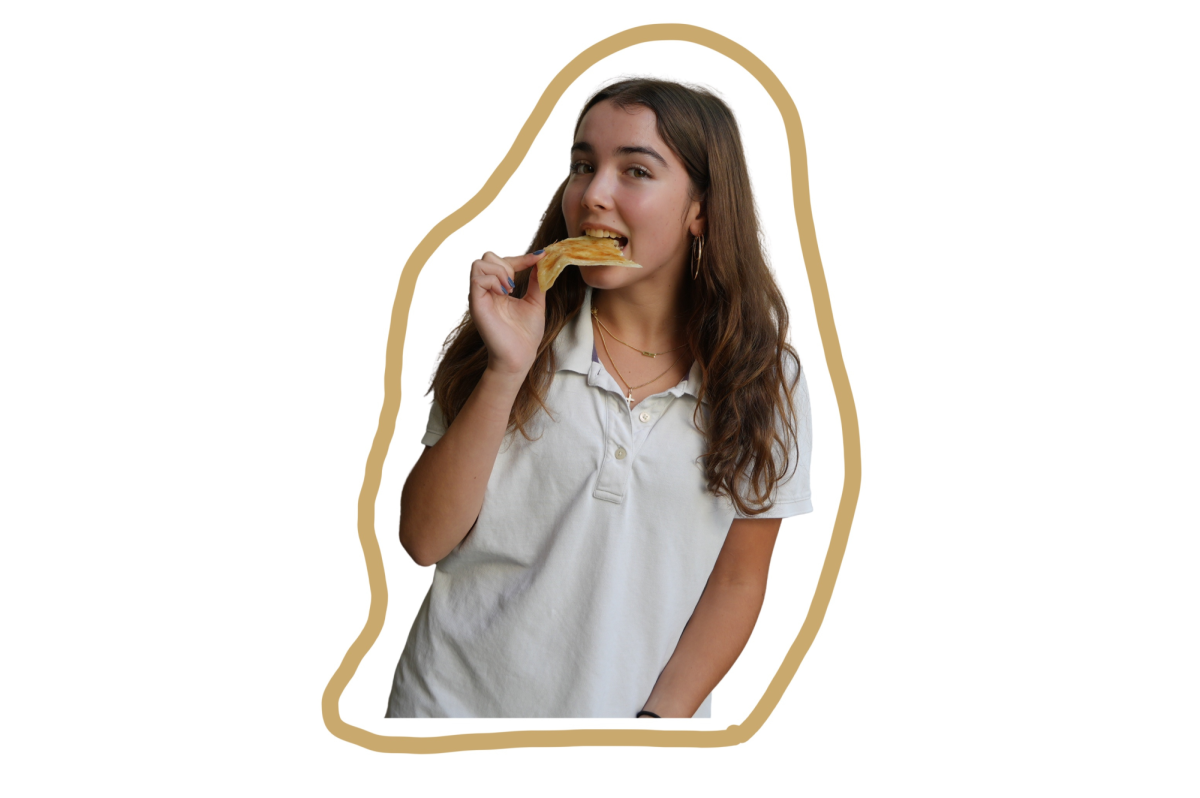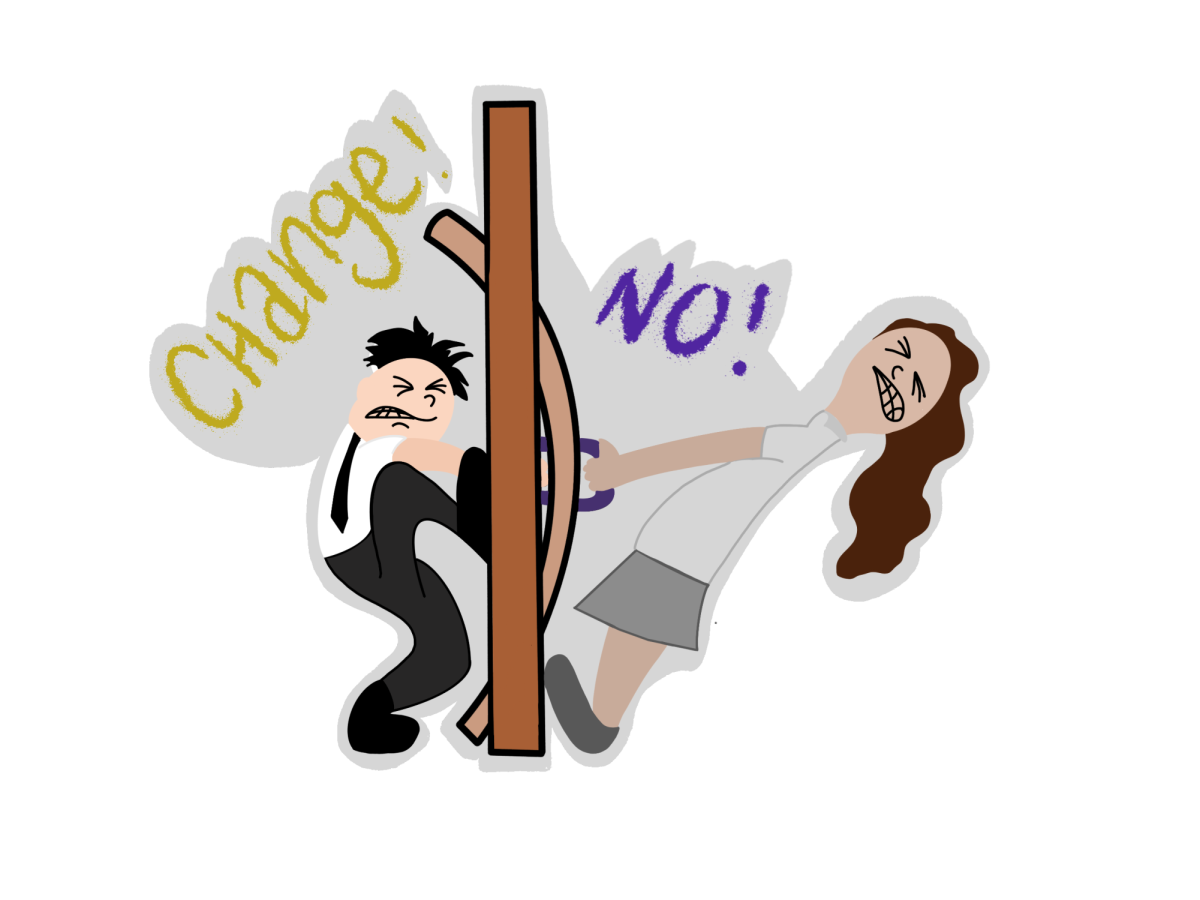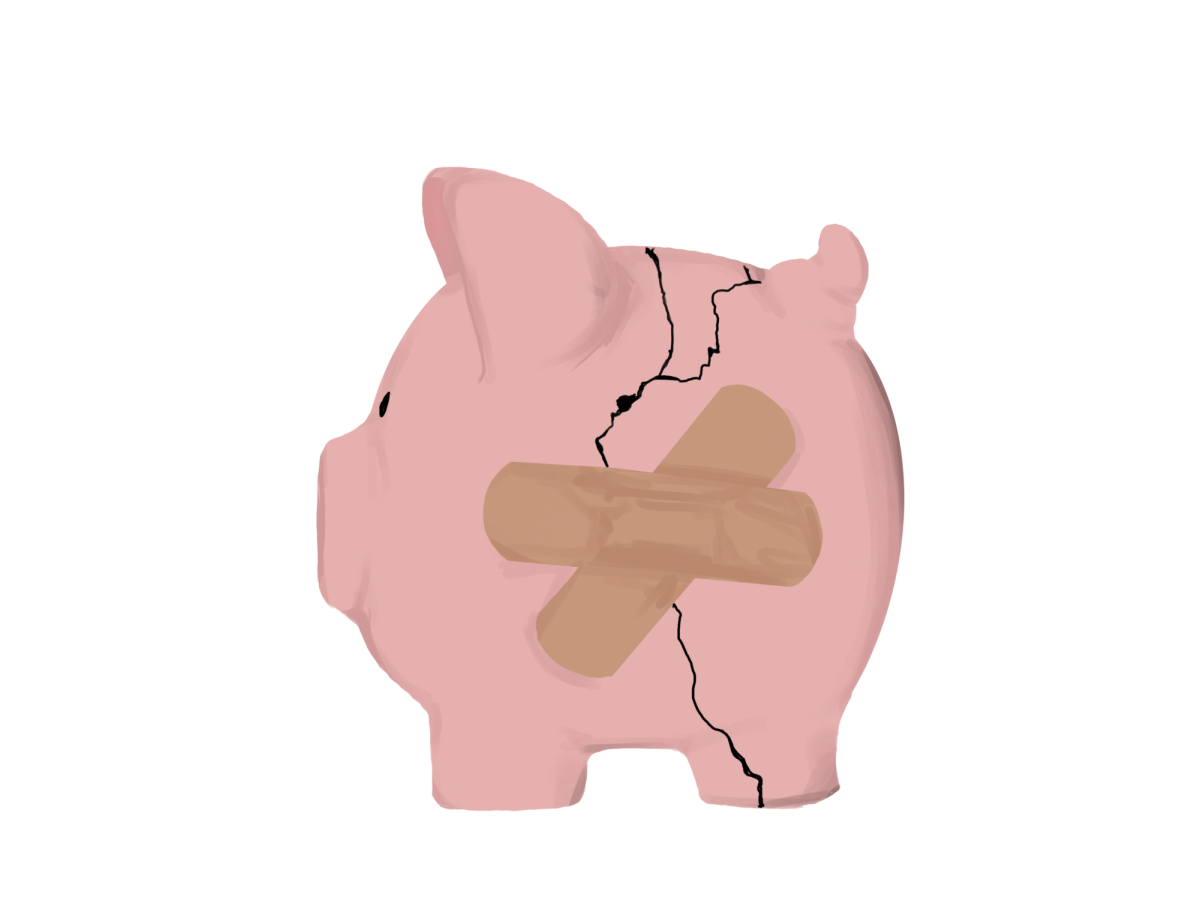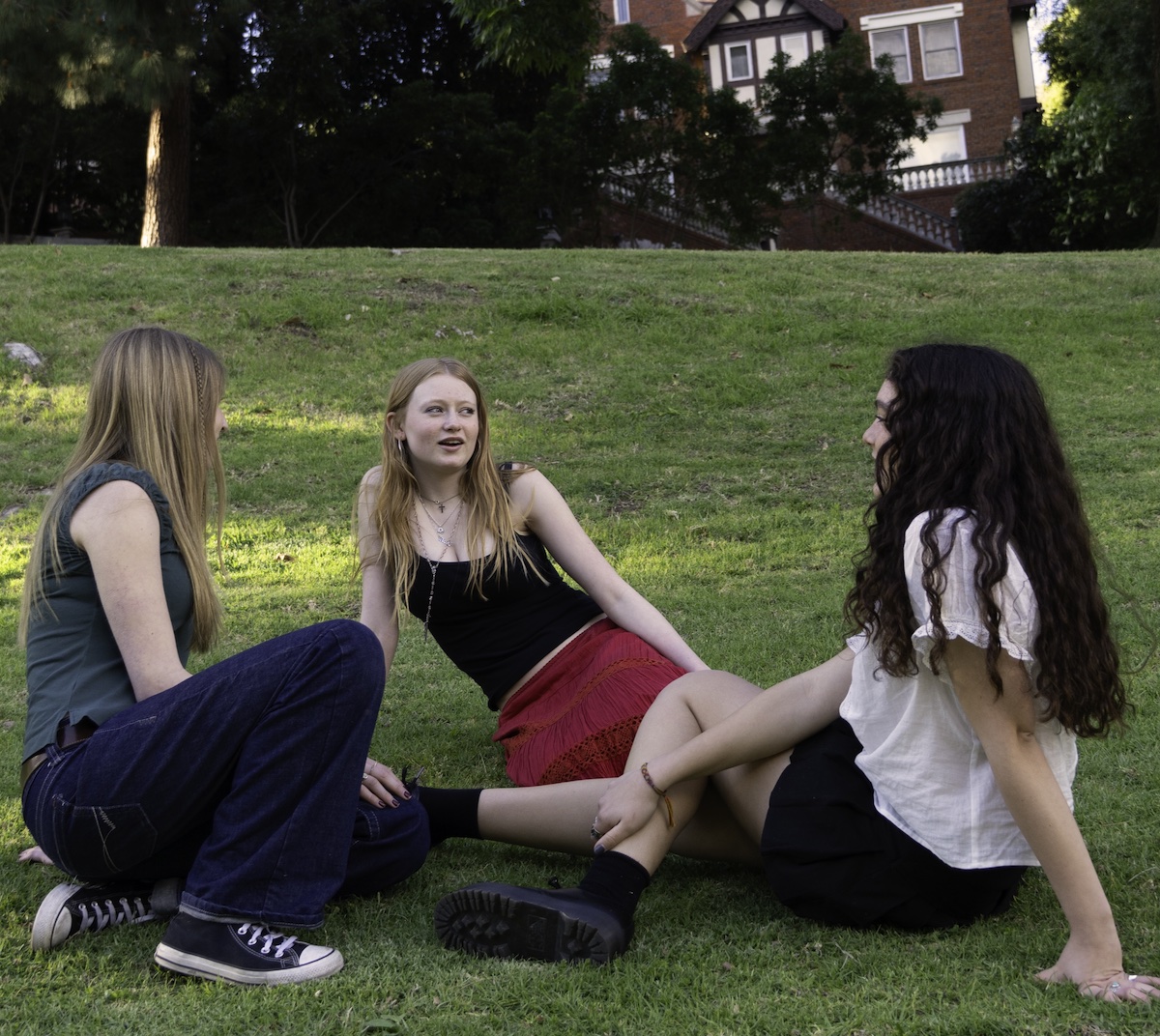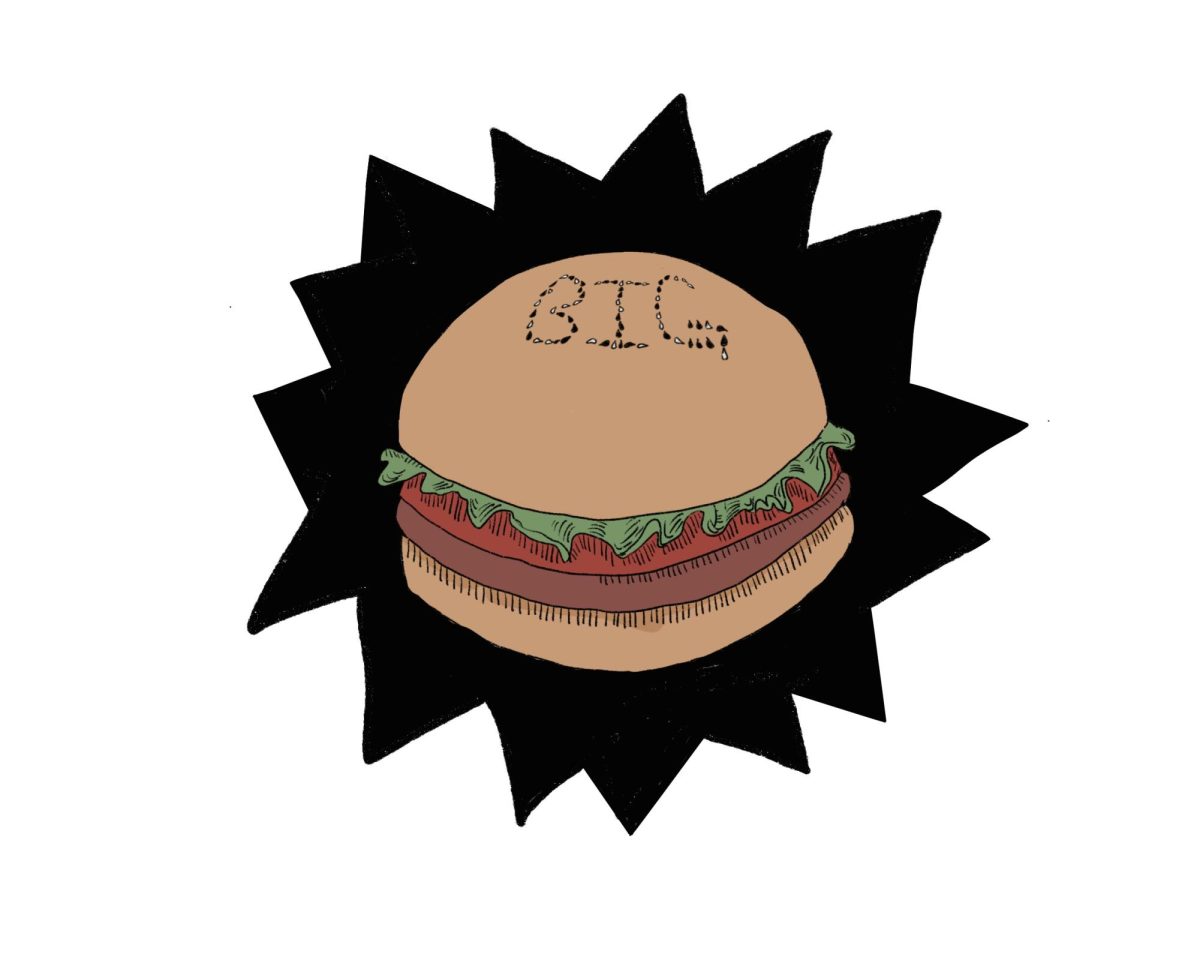Although Altadena and the Pacific Palisades were both devastated by the recent Los Angeles fires, the legacy and history of these two vibrant communities live on. Both counties were founded over a century ago — Altadena in 1887 and the Pacific Palisades in 1922 — and were home to over 60,000 people combined, including business owners, workers and residents.
Altadena is a historically Black neighborhood in the San Gabriel foothills slightly north of Pasadena. It is best known for its eclectic architecture and specialized events, such as the Altadena Grape Harvest Festival. During the Great Migration of the 1900s, when six million Black individuals moved West to escape racial discrimination, many opted to live in Altadena because of its affordability, accessible resource centers and inclusive environment.
Split into 13 distinct neighborhoods, the Pacific Palisades is a tight-knit residential area on the west side of Los Angeles. The Palisades is known for its close proximity to the beach, scenic hiking trails and upscale parks. At the heart of the Palisades lies the Village, a commercial area with a diverse lineup of restaurants and retail shops, as well as a venue for local, community-building events.
With an overwhelming number of homes, businesses and landmarks destroyed in both the Palisades Fire and the Eaton Fire, it is important to recognize these beloved places and their impact on their communities.

Café de Leche
Café de Leche in Altadena was not just a coffee shop, but also a second home to many, always buzzing with life and energy.
Café de Leche Co-Founders Matthew Schodorf and his wife, Anya, created many memories at their central Altadena location, which was just short of celebrating its ninth anniversary. Though it was their second café, the Altadena location was their most profitable.
Schordorf described the café’s appearance as a small Spanish-style house with a clay-tiled roof and a blue and white exterior. Only 700 square feet in size, the building itself had minimal seating, but the patio offered more space for customers to enjoy drinks, food and conversation.
“The patio in Altadena was really [Anya’s] jewel,” Schordorf said. “She tended to all the plants, picked out all the furniture and curated the whole patio. I take care of the coffee roasting, but it’s her style and design, and her expression is really reflected in the cafés.”
Café de Leche was known for sourcing their coffee beans from diverse regions. Before roasting their beans in Los Angeles, Schodorf and his team hand-selected each specialty coffee bean by visiting the farms where they are sourced. Moreover, Schodorf said the community and upbeat ambiance were what set their Altadena café apart from their other locations.
“If you come in on a Sunday morning at 11 a.m., the music’s pumping, the baristas are on fire,” Schordorf said. “They’re working in sync with each other. There’s a line out the front door. Everyone’s there, kids are running around. I mean, I would just sit there and smile. This is everything that you could ever dream of in a coffee shop.”
Café de Leche has supported, and continues to support, the Altadena community by donating coffee to the Pasadena Waldorf School and the Immigrant Resource Center in the San Gabriel Valley.
When the Eaton Fire tore through Altadena, it completely destroyed Café de Leche. On Jan. 8, a day after the fire began, Schordorf and his family attempted to visit the café but turned around because they were concerned for their safety.
“I hung a right on Mariposa, which is the street right below our shop, and it was just opaque,” Schordorf said. “It was just black smoke, fire raining down. There were fire trucks and police cars running around all over the place. It was total chaos.”
Later that day, he drove back to Café de Leche by himself.
“I got to my shop around two o’clock in the afternoon,” he said. “It was gone. You couldn’t even tell where it used to be.”
Although completely heartbroken by the loss of their café, Schodorf said they have already proposed plans to the city to rebuild. Schodorf said he was driven by pure adrenaline, which led him to consult with his architect on Thursday, meet with his contractor on Friday and have a proposal ready by Monday.
“This was our busiest shop so taking this away from us, it’s really, really hard for us to make a living,” Schodorf said. “We need this to work. So we’re gonna put everything we can into it to bring it back.”
Amara Kitchen
Amara Kitchen was another beloved part of Altadena, known for being community-centered and always looking for ways to give back to the area. Whether donating to local preschools, supporting fundraisers or bringing neighbors together through their “Come-Together” Bowl, Amara Kitchen created a genuine sense of unity.
Known for their healthy versions of classic food — most famously their breakfast burrito and chocolate-chip cookies — Amara Kitchen was founded in 2013 by Paola Guasp and Corrina Becker-Wayman.
With their original restaurant established in Highland Park, they later opened their Altadena location in 2021. Guasp said that although she loves their Highland Park restaurant, something felt more special about the Amara Kitchen in Altadena.
“Altadena was just so beautiful. The location, the building, the fact we got to build it out to our aesthetic and our needs, it felt more on brand,” Guasp said. “Driving to work, driving through the community, pulling up to the building with the mountains behind, it always made me feel so grateful.”
Though she has lived through numerous Los Angeles fires after growing up in the city, Guasp said she never imagined the severity of the Eaton Fire. She said she thought it was merely “strong winds and bad air quality” and remained unphased when the fire began.
On Jan. 8, Guasp decided to visit the restaurant because the power was being shut off and a prep-cook advised she turn off their crockpot to avoid starting another fire. Gausp said she was solely concerned about turning off the crockpot and preventing looting, not the fire itself. When she arrived alongside her husband, a building across the street was on fire, and they watched as it spread to Amara’s property. She said she was shocked to see it engulfed in flames.
“As we were driving towards it, it looked almost like night-time because of the black cloud over us, but I didn’t realize how dark the sky was until I saw the building burn,” Guasp said. “Nothing clicked until I saw the restaurant burning and realized what was actually happening, and I’m just begging my husband to turn around and get us out of there.”
Though utterly devastated, Guasp said she plans on rebuilding Amara Kitchen in Altadena.
“If just the building burned, that would suck, but to know it’s the whole community, it hits different,” Guasp said. “Everything was highlighted after the fire, how much of a community Altadena really was.”
Café Vida
Since its opening in 2002, Café Vida has been a household name to those within the Palisades thanks to its central location, friendly staff and delicious food.
Co-founder Luis Castaneda and his business partners Marcelo Marolla and Francisco Cornejo developed the idea of the Latin-inspired, California-style café with a focus on high-quality ingredients. They created simple, wholesome dishes and chose the Palisades as their first location due to Castaneda’s fond memories as a resident. The café was an immediate success.
“Our Palisades location was non-comparable to that in Culver City and El Segundo, where we have to hustle and attract customers,” Castaneda said. “Here, we had the relationships with people that we built for 23 years. Some customers would even come two to three times a day.”
Café Vida in the Palisades became a second home to the owners, customers and staff, especially to those who had worked there for over 15 years.
“We saw families when they got married, when they had their kids and when the kids went to college,” Castaneda said. “We followed and connected with every customer that we had.”
Palisades resident Libby D. ’25 enjoyed eating at Café Vida and chatting with Albie, one of the long-time waiters at the cafe.
“Café Vida was my family’s go-to spot, and Albie watched me grow up,” Libby said. “I used to see him every single week. He calls me and everyone else in the Palisades mija because we truly are his children.”
Libby said the café was a community-building spot where she loved to chat with her neighbors.
“Whenever I go, I am guaranteed to see someone I know,” Libby said. “You’re gonna see someone you know at a table no matter what.”

Farmers Market
The Palisades Sunday Farmers Market was also central to the Palisades experience. Every Sunday, the community gathered at the Palisades Village to walk the stalls and converse with neighbors and vendors. Tents sold items like fresh produce, clothes and jewelry.
“It’s such an incredible time in our community because everyone takes time out of their schedule to not just buy food but also to be with all the Palisadians there and talk and connect,” Libby said.
Libby said much of her family’s fresh produce was bought at the market. She especially cherished visiting the Jyan Isaac Bread and Fresco Pasta tent.
“We would always get their fresh stracciatella,” Libby said. “The guy who worked there every week, Andrea, knew us really well, and he would always have our order ready.”
But for the Palisades residents, what truly made Café Vida and the Farmers Market special was the community behind it. Libby said that most families that lived in the Palisades grew up together. Events like the Farmers Market and the Fourth of July 5K run were testaments to the community’s strong desire to spend time with one another.
Palisades Violets
Due to the number of Marlborough students born and raised in the Palisades, the impacts of the Palisades Fire are particularly pertinent.
“Lucky enough to grow up in a small town in the middle of the giant city of LA, my childhood was filled with days of running over to my friends’ houses, walking around the Village with them, having massive block parties and Palisades potlucks,” Libby said.
To her, it was hard not to stop and chat with someone at a local workout class, on the Bluffs overlooking the Pacific Ocean or at the summer camp run at St. Matthew’s Parish School.
“I don’t think it is possible to put the magic of this community into words. Being a Palisadian isn’t just a reference to living in the same area code, but something so much more than that,” Libby said.
Ellie L. ’29 expressed similar sentiments, saying most Palisadians ended up going to the same schools, attending the same summer camps and playing the same sports. To her, the neighborhood’s small size made it feel like she grew up with one big family.
“My best friend lived a five-minute walk up the street from me, and all of my friends were a 10-minute drive away,” Ellie said.
The Palisades Village, now almost completely burned to the ground, was at the heart of the community.
“Every time you go to the Village, you’ll see someone you know, and everyone is a familiar face,” Ellie said.
Lilly S. ’25 also grew up surrounded by the Palisades community. For her, watching the sunset on the Bluffs was magical, driving to the Village on a sunny day was energizing and going to beloved stores like the Yogurt Shoppe was comforting.
“Something about the people and the overall energy of the Palisades was so beautiful,” Lilly said. “It just had this really electric, lively essence to it that made you feel like you could be whatever you want, do whatever you want.”
So when the fire hit the community, Lilly, Libby, Ellie and the 20,000 other residents living there were devastated to lose places that held irreplaceable memories. Many of them got called out of class and watched on TV at a house far away from home as the flames ravaged their community.
“I had friends calling me with their houses burning down on the news,” Ellie said. “You are so powerless when you are just watching through a screen.”
Ellie was pulled directly out of class the day the fire broke out, discovering then that she would not be able to return home.
“It was hard to comprehend being prepared to lose everything with just the clothes on my back,” Ellie said.
For Libby, it’s been especially hard to see the aftermath.
“Seeing the videos of everything I know in life being destroyed is absolutely heartbreaking,” Libby said. “It feels as though my entire childhood has been ripped away. My preschool, elementary school, childhood camp, all of my favorite restaurants, everything is burned to the ground.”
When Ellie visited her home to see the destruction, her street and neighborhood were unrecognizable.
“I didn’t recognize it. It was a view I’ve never seen before,” Ellie said. “I just drove up and was like, ‘Where am I? Whose house was this?’”
In the wake of destruction, no longer having a strong community nearby has been shocking for Libby and Ellie.
“Being away from the people I know and love who filled this community with so much joy is devastating,” Libby said.
Rather than being a few minutes away, Ellie’s friends and loved ones are scattered across the map.
“I am in Venice right now, and my [displaced] friends are in West Hollywood, Brentwood and more,” Ellie said. “I am getting to understand what it’s like to not live in a tiny community. You go out and you don’t know anyone, and you don’t know where to go.”
Even though the Palisades community is now spread out across Los Angeles, they have continued to rely on their bond to cope with the devastation. Residents have turned to Instagram to post the hashtag #PaliStrong with links to drives and various other support systems. Neighbors are running errands for one another, finding places to stay and remaining in contact.
“The strength of this community has been palpable during this time,” Libby said. “Even though we have been forced apart, I still feel the strength of this community every single day.”




